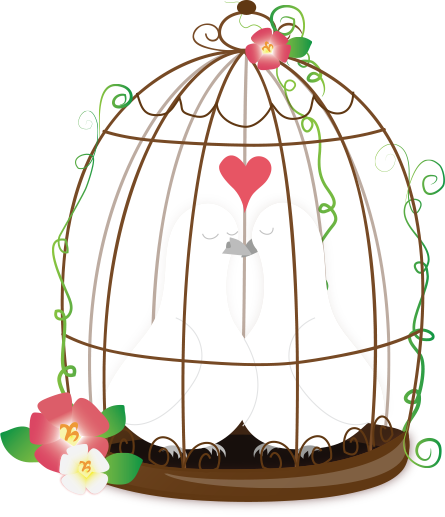Embarking on the adventure of cross-stitching can be both exciting and a bit intimidating, especially for individuals just starting out. This beautiful needlework technique has been a cherished craft for centuries, enabling people to create detailed designs and engaging works of art using just a needle, thread, and fabric. Regardless of whether you’re drawn to it for the joy of creation or the meditative rhythm of stitching, cross stitch for beginners offers a fantastic way to express your creativity.
As you delve into the world of cross stitch, you’ll find that it is not only a craft but also a delightful pastime that brings a sense of fulfillment with each finished piece. From choosing the ideal fabric and thread to learning the basic stitches, every phase of this journey opens up new possibilities and enhances your artistic abilities. With patience and practice, you will turn ordinary threads into stunning masterpieces that reflect your unique style.
Essential Supplies for Cross-Stitching
To embark on your cross-stitch adventure, you will need a few essential materials that will set the foundation for your endeavors. First and foremost is the fabric. Aida cloth is the top choice among beginners due to its evenly spaced holes, making it simple to identify where to place your embroidery. You can find Aida in different counts, such as 11, 14, or 20, which refers to the total of holes per inch. The higher the count, the smaller the stitches, so plan on starting with a lesser count for convenience.
Next, you will need needlework thread. This colorful and lively thread is uniquely designed for cross stitching and is offered in an assortment of bright colors. Typically made of multiple strands, it allows you to adjust the width of your stitches by using fewer or additional strands as needed. To organize your floss, you might use a storage box or a pouch, which will keep your threads tangle-free and convenient to reach.
Lastly, purchasing reliable needles and cutting tools is important for a smooth stitching experience. Cross stitch needles have a larger eye to hold the embroidery floss, making it simpler to thread. Choose a needle size that fits the material count you are utilizing. A tiny pair of sharp scissors will help you cut threads cleanly and swiftly, ensuring that your finished masterpiece looks polished and high-quality. With these key materials in hand, you will be well-equipped to launch your cross stitch adventure.
Fundamental Techniques Each Newcomer Should Master
The primary technique each beginner must learn is the basic cross stitch alone. This stitch forms the basis of the majority of patterns and entails creating an X shape on the fabric. To initiate, bring your needle up through the fabric at the lower left corner of your intended stitch, pull it through, and then bring it back down at the upper right corner. Next, bring your needle back up at the lower right corner and down at the top left corner to close the X. Practice this stitch until you feel confident, as it will be the foundation for advanced patterns.
Once you are at ease with the basic cross stitch, the next step is to understand how to manage your thread. Beginners often use several strands of embroidery floss, so it is crucial to separate the strands accurately based on the thickness necessary for your project. A frequently used technique is to pull six strands apart into two groups of three, which is perfect for the majority of fabric counts. Remember to secure your thread tidily before beginning your stitches to stop unraveling and keep your work tidy.
In conclusion, grasping how to read a cross stitch pattern is crucial for beginners. Patterns are typically represented using symbols that correspond to specific hues of thread. Acquaint yourself with the legend provided alongside the pattern, as it describes each symbol and its corresponding floss color. Start with simple projects to ease into reading patterns, and as your skills improve, you can gradually tackle more intricate designs. Utilizing these techniques will set you on the correct path in your cross stitch journey.
Advice for Finishing Your Initial Project
To guarantee success with your introductory cross stitch project, begin by choosing a simple pattern. Search for designs that have lesser colors and easy shapes. This will help you become familiar with the fundamental techniques without feeling overwhelmed. As you progress, you can incrementally tackle additional intricate patterns. Selecting the suitable fabric and thread is similarly important, so make sure they are suitable with your chosen design.
Create a comfortable workspace that enables you to focus. Good lighting is vital, as it assists reduce eye strain while you stitch. Arrange your materials including your threads, needles, and tools in a way that makes them conveniently accessible. craft kits for kids Many novices consider it beneficial to keep their workspace organized by using small containers or organizers for multiple colors of thread, which also helps in avoiding tangling.
In conclusion, don’t be afraid to request for help or seek advice from experienced stitchers. Participating in a community craft group or internet-based community can provide you with important tips and support. Keep in mind, mistakes are part of the journey, so approach your task with patience and joy. Acknowledge your progress, regardless of how small, and take the time to appreciate the imagination unfolding in your work.
